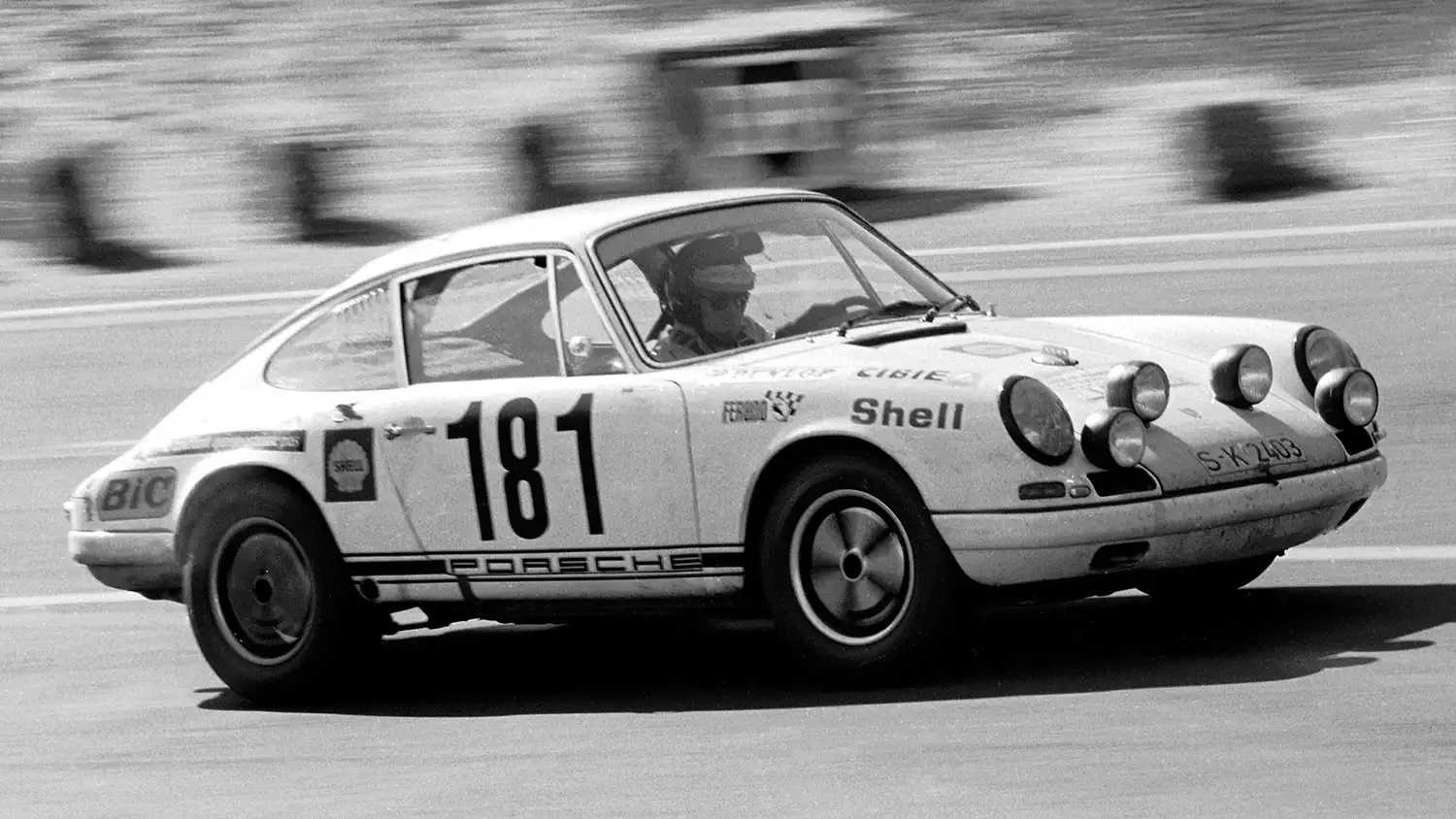
The Porsche 911 R, born in 1967, was created to dominate the motorsport world with an unrivaled power-to-weight ratio. Porsche engineer Rolf Wütherich aimed to craft a lightweight, high-performance machine that would leave the competition behind. With a curb weight of just 800 kg and a powerful 210-horsepower engine, the 911 R was designed to excel on the racetrack.
A Vision for Speed
The concept for the 911 R began with the desire to improve upon the motorsport performance of the Porsche 911. Although the 911 had already participated in events like the Monte Carlo Rally, it hadn’t achieved full success on the GT racing scene. However, private racers like Eberhard Mahle proved the 911’s potential by winning the European Hill Climb Championship. This sparked Porsche’s vision to develop a pure race version of the 911: the 911 R.
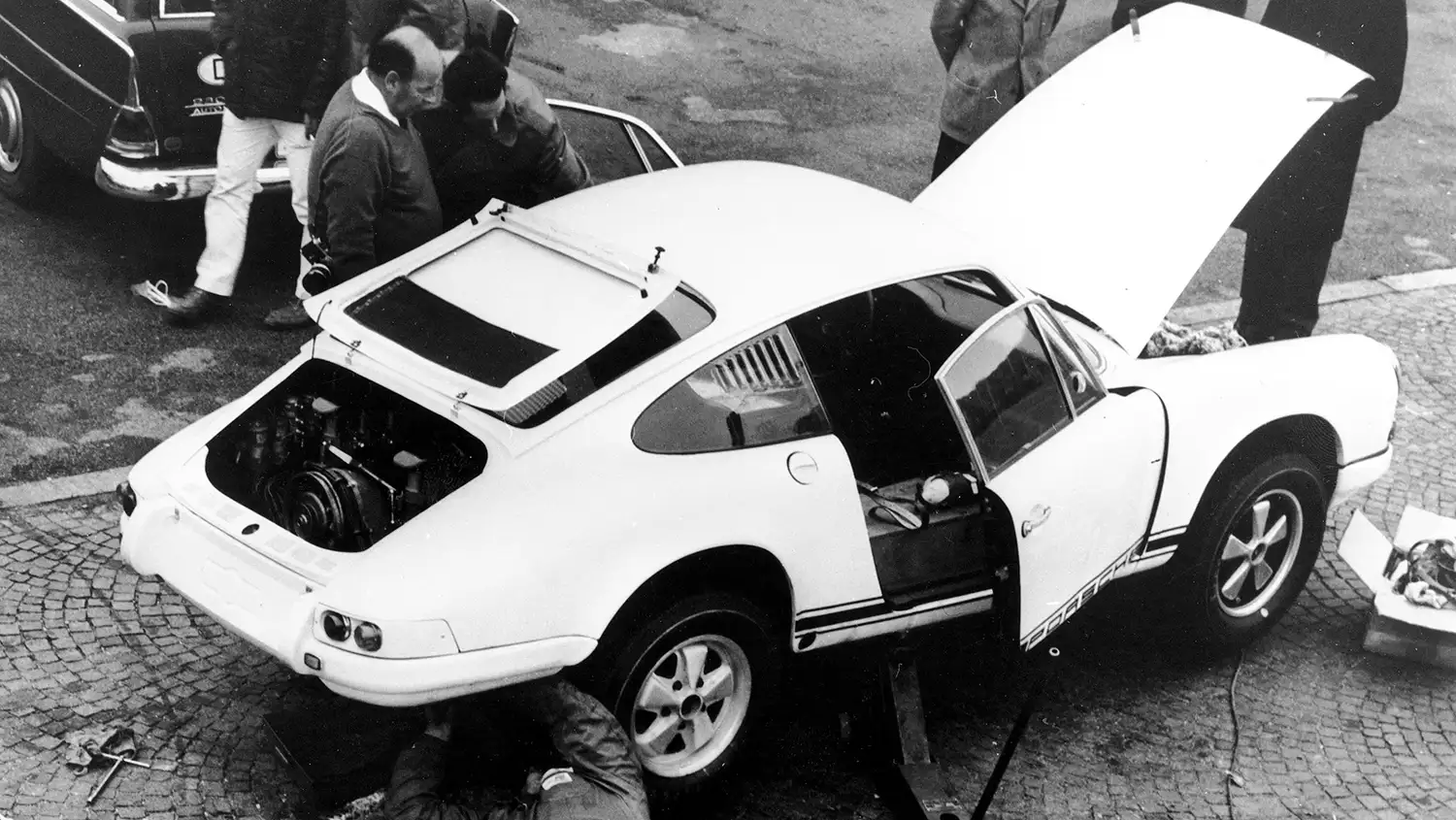
In October 1966, Porsche’s first lightweight test car was built and rigorously tested. The results were promising, with the 911 R clocking impressive lap times at Hockenheim and other circuits. The six-cylinder flat engine, derived from the Porsche 906 Carrera 6, delivered an impressive 210 hp at 8,000 rpm, allowing the car to reach 100 km/h in just 5.9 seconds and achieving a top speed of approximately 245 km/h, depending on gear ratios.
Lightweight Construction
The 911 R’s design prioritized weight reduction at every turn. Fiberglass reinforced polymer panels, plexiglass windows, and a stripped-down interior contributed to a remarkable weight reduction of 230 kg compared to the standard 911 S. Even features like crank mechanisms for the side windows were replaced with simple leather straps. The result was a car that offered raw, unfiltered performance.
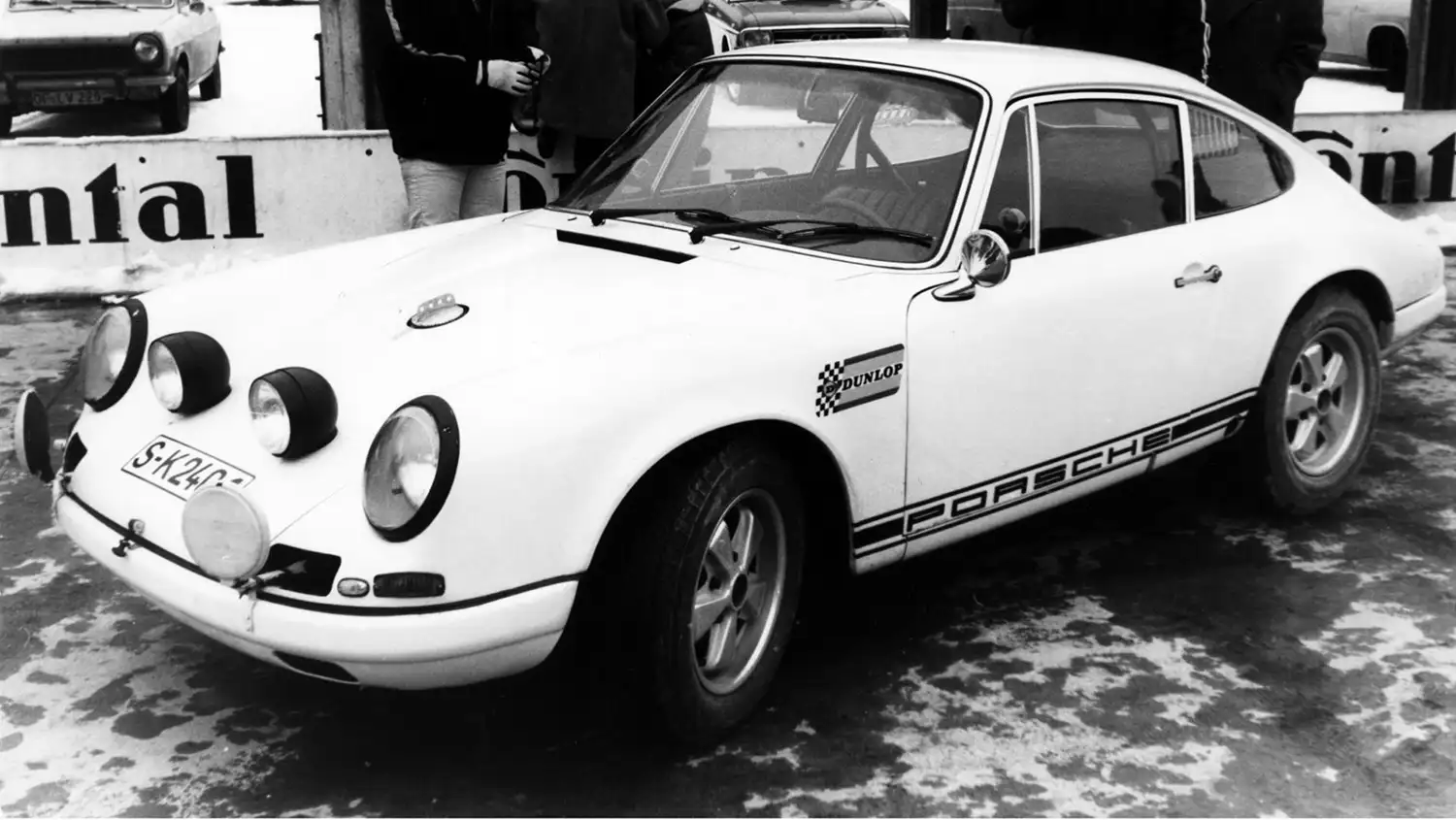
Limited Production & Motorsport Success
Due to the high cost of production, only 19 examples of the Porsche 911 R were built, along with four test cars. Despite limited production, the 911 R saw success in motorsports, competing in the 2-litre GT prototype class. Its racing debut in July 1967 at the Circuito del Mugello saw drivers Vic Elford and Gijs van Lennep achieve an impressive third place overall, behind two Porsche 910 race cars.
Further victories followed, including a notable win at the “Marathon de la Route” endurance race at Nürburgring in 1967. The 911 R’s remarkable durability was demonstrated in a record-setting drive at Monza, where it broke five world endurance records and 14 international class records after completing 20,000 km at full throttle over three days.
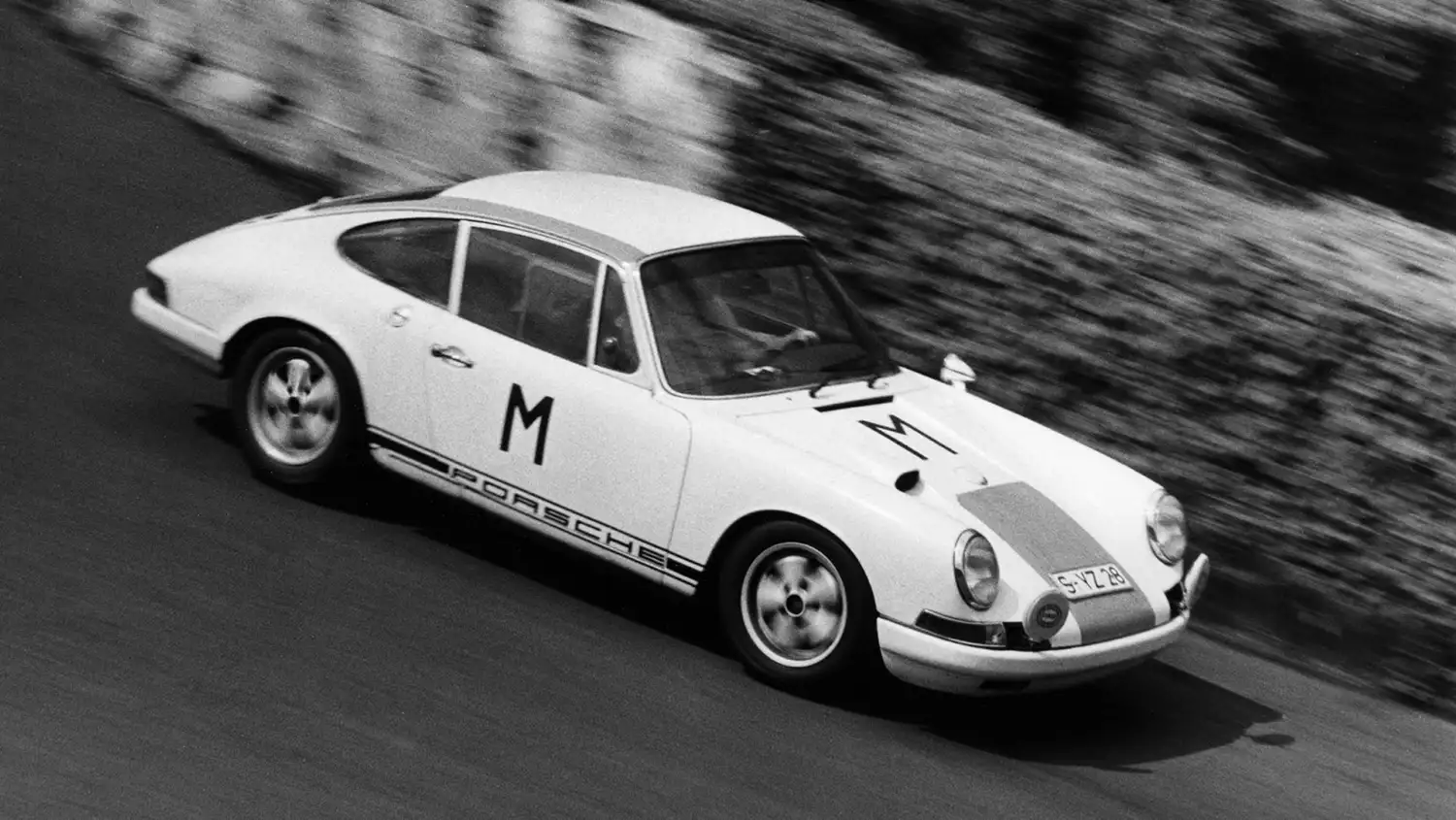
Enduring Legacy
The Porsche 911 R, with only 23 cars built (19 customer models and four test cars), stands as a testament to Porsche’s pursuit of lightweight performance and racing excellence. Its influence on future Porsche race cars is undeniable, and it remains a cherished symbol of the brand’s motorsport heritage.
Key Specifications
- Engine: 2.0L flat-six (Type 901/22)
- Power Output: 210 hp at 8,000 rpm
- Weight: 800 kg
- Top Speed: Approx. 245 km/h
- Fuel Capacity: 100 liters
- Production: 19 customer cars + 4 test cars (23 total)
- Price: 45,000 DM
- Chassis Numbers: 118 99 001R – 118 99 019R and test cars R1 – R4
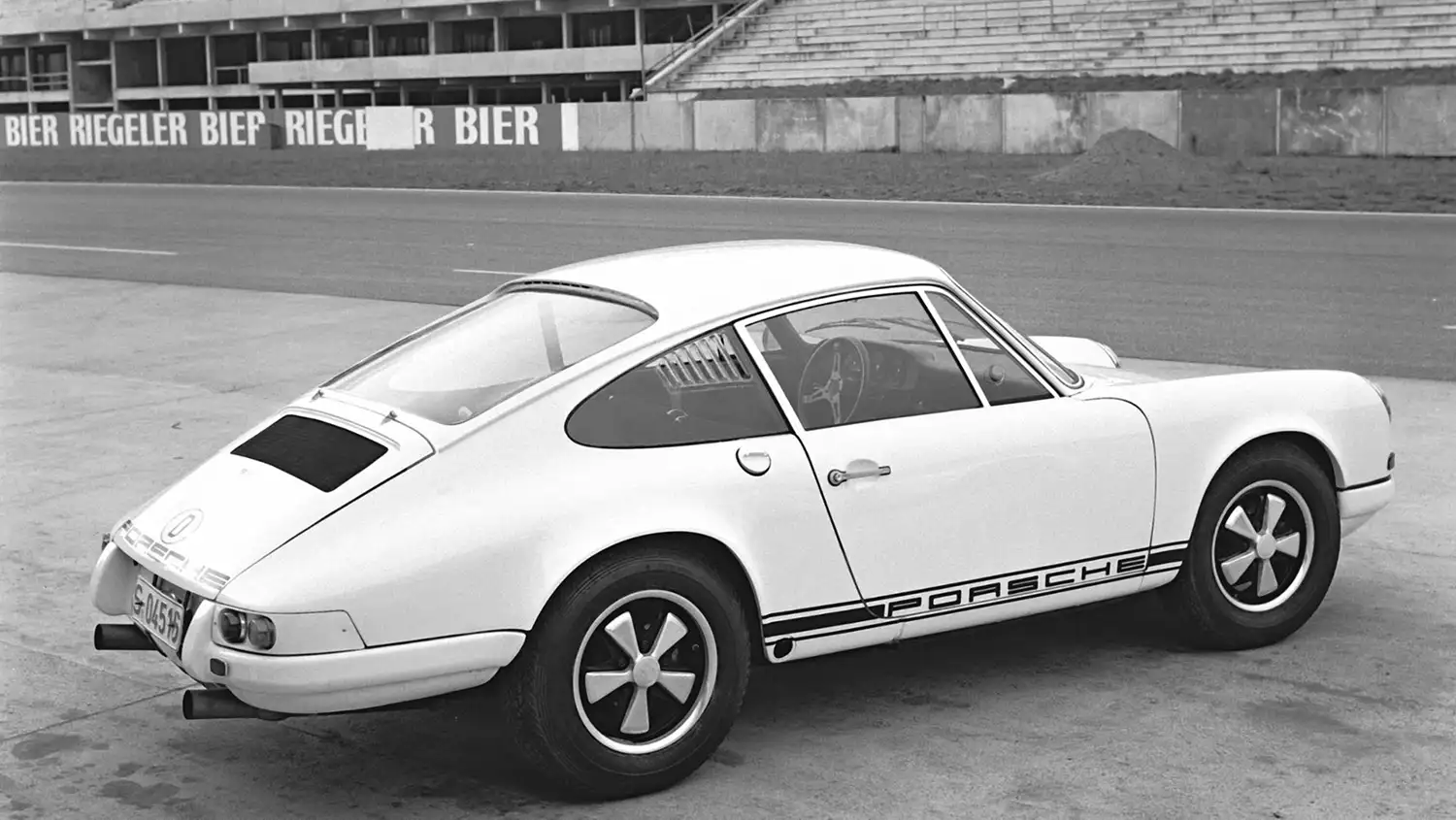
The 911 R’s blend of innovative design, lightweight materials, and high-performance engine made it a motorsport icon, laying the groundwork for Porsche’s continued success in racing.
Source: Porsche
This article was crafted with assistance from Chatgpt
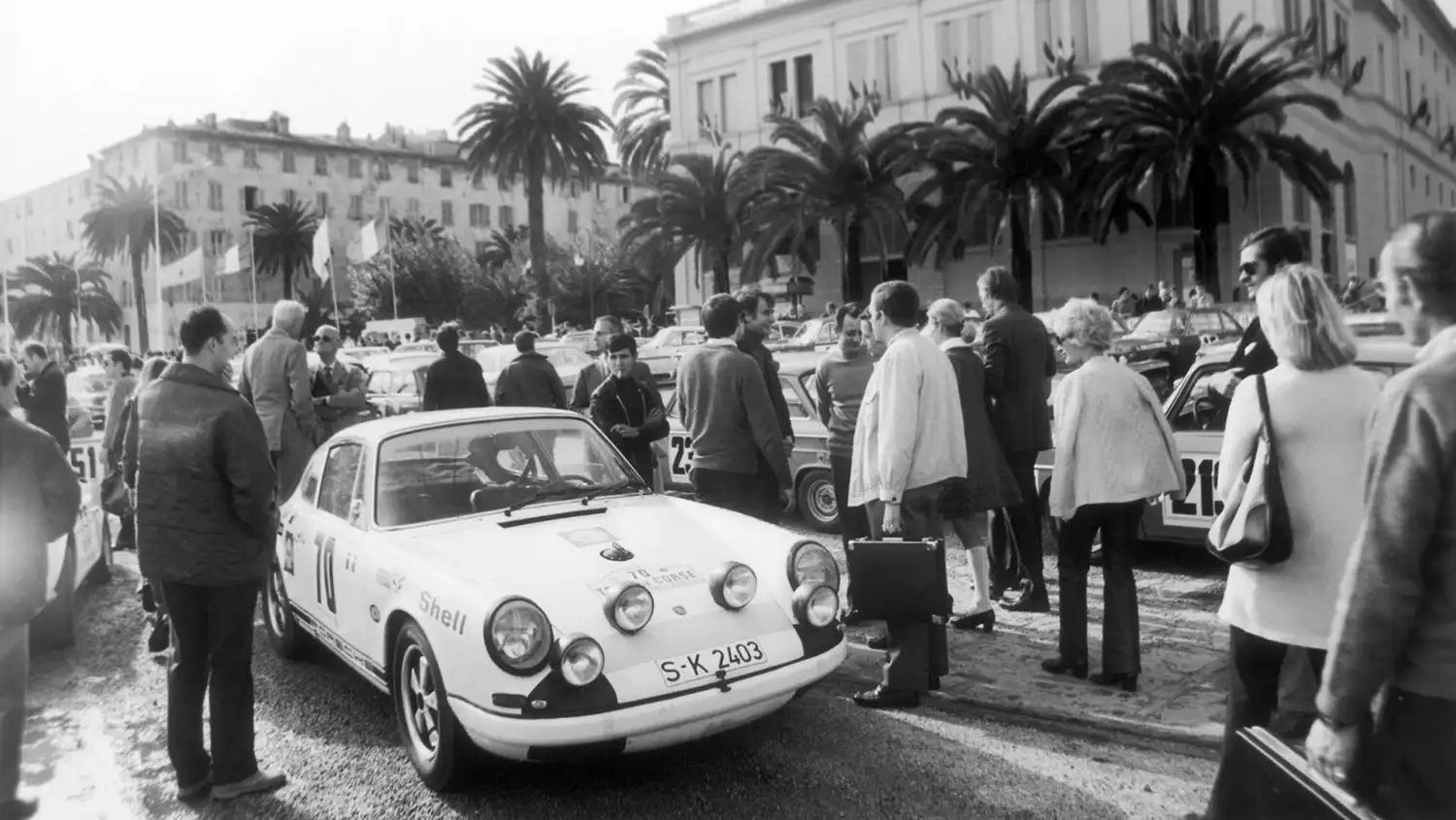
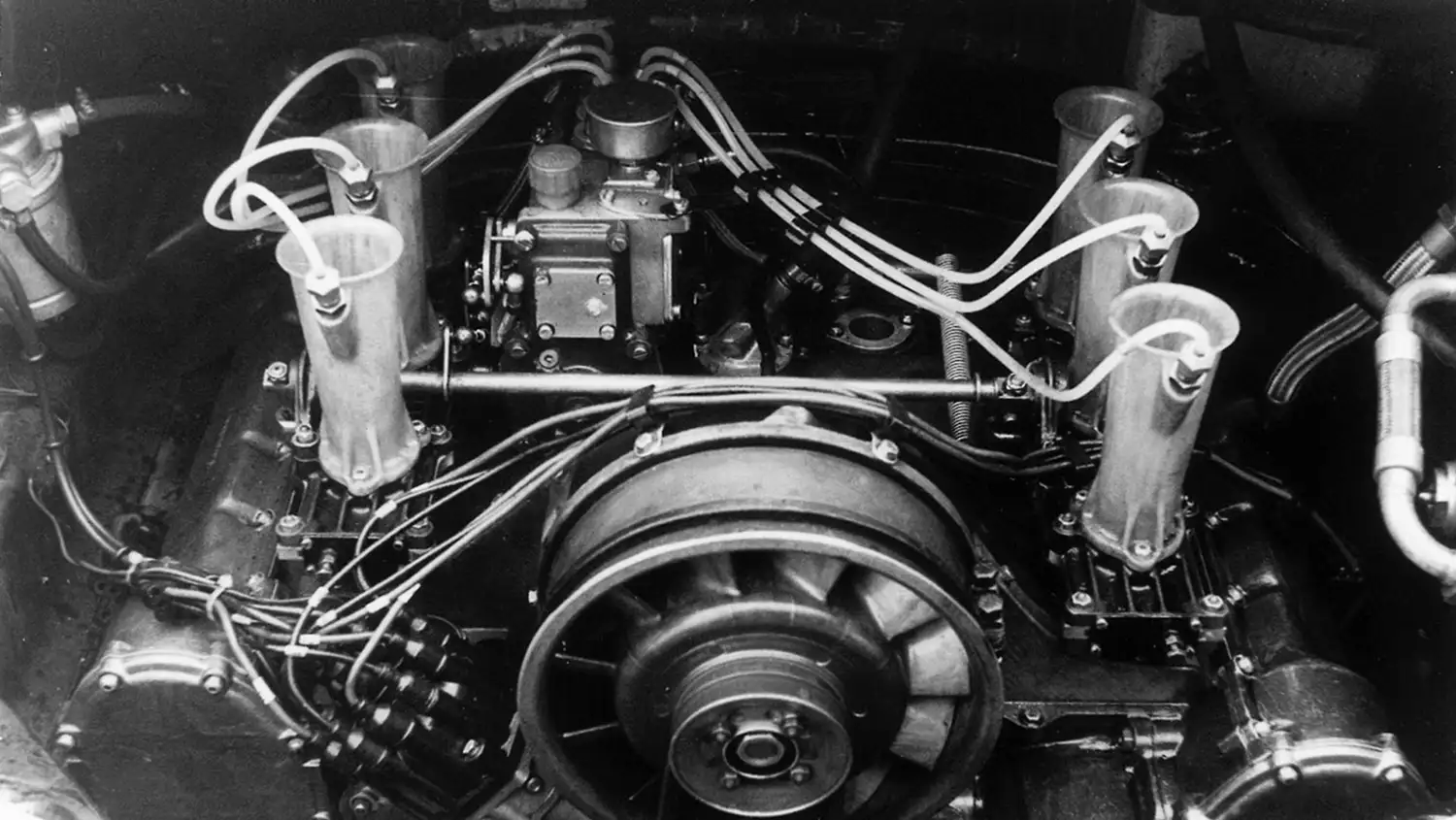
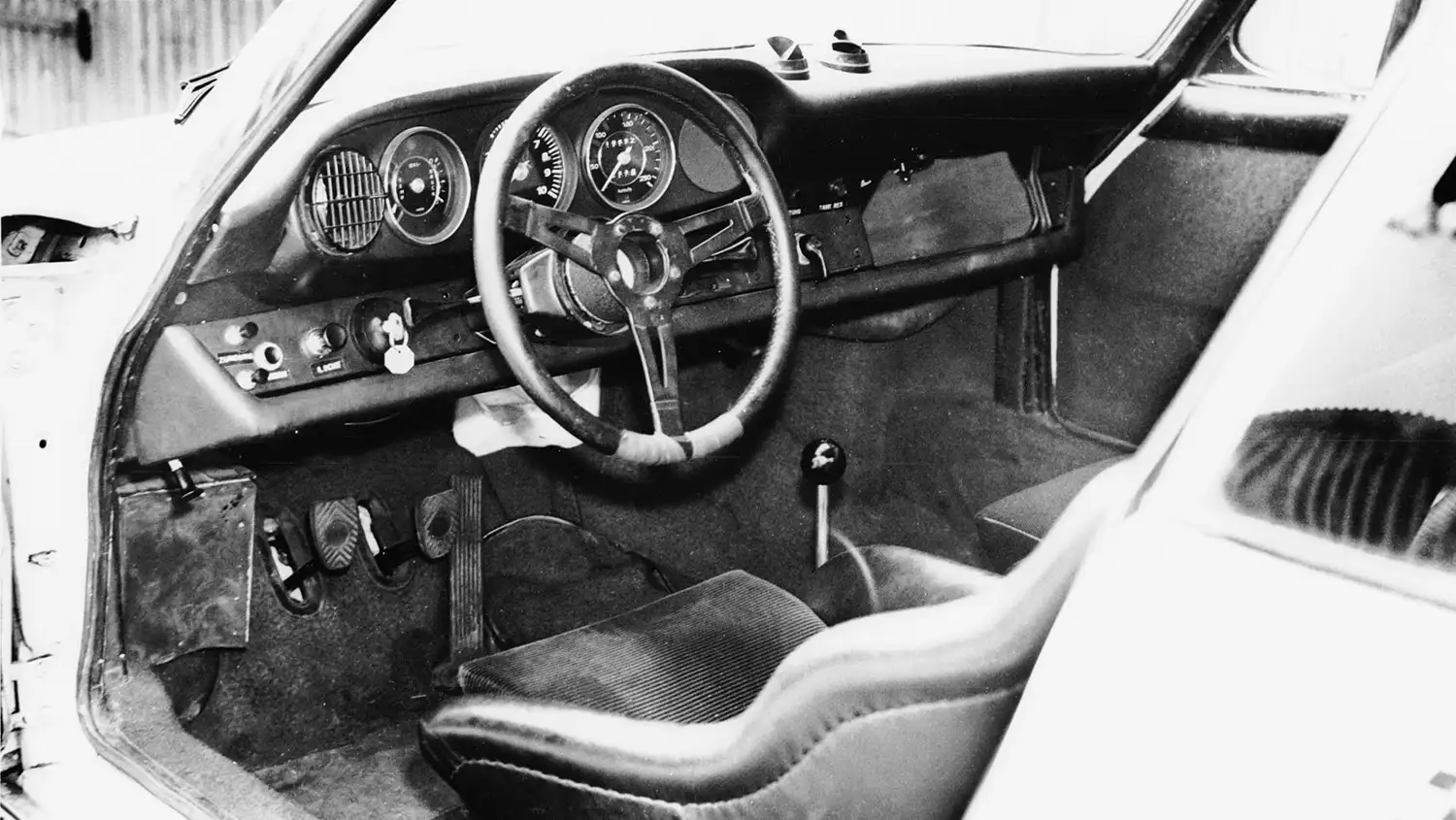
The post R = Racing: The Genesis of the Porsche 911 R appeared first on EN.WHEELZ.ME.




